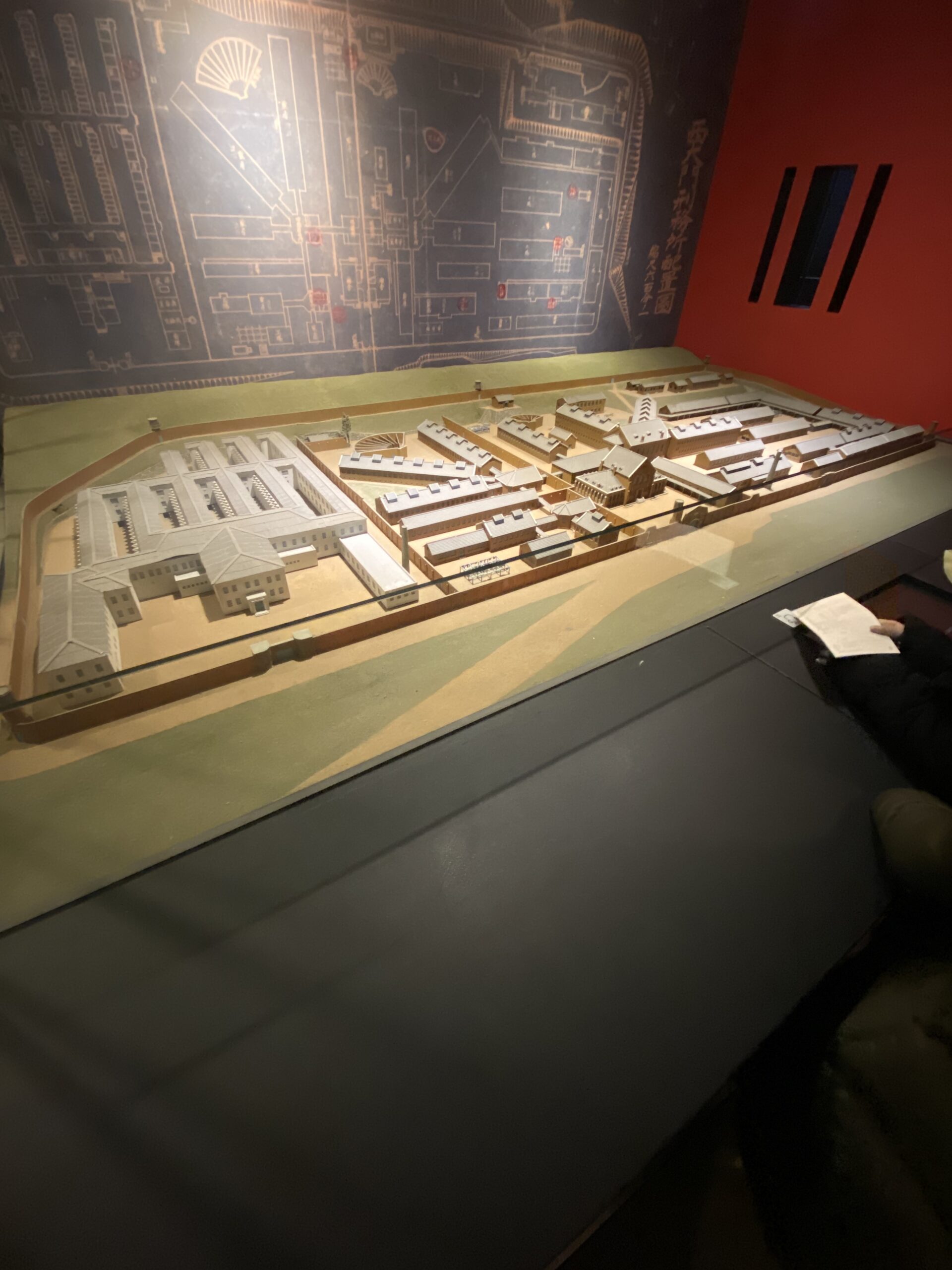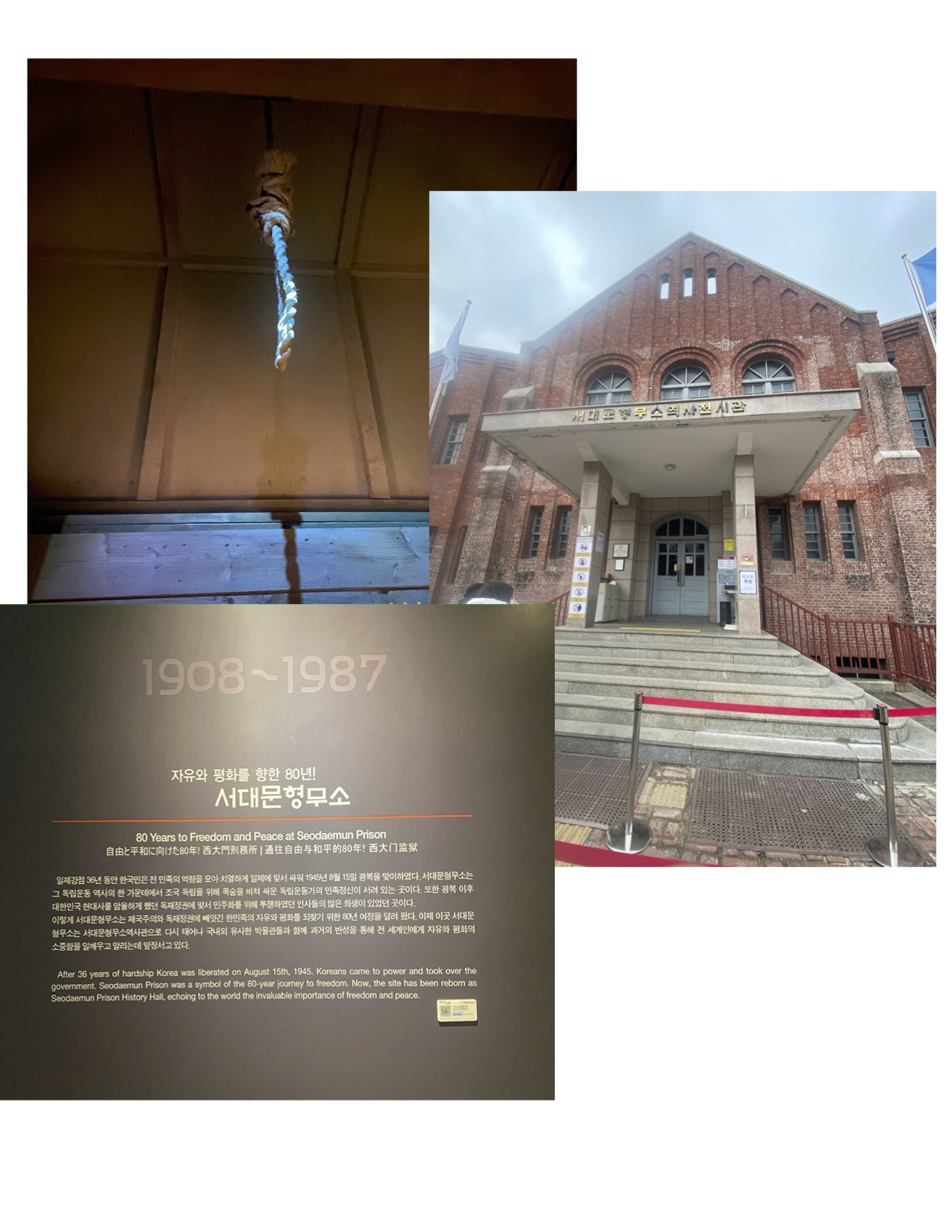
Korean Independence Movement Day
March 1 is Samiljeol in South Korea. 삼일절 (Samiljeol) is a commemorative day to remember that on March 1, 1919, a series of public demonstrations showing nationalist strength against the Japanese military rule occurred in Korea. This event created a rapid change in the Korean Independence Movement and is therefore celebrated as a holiday in the country.
Therefore, this past March 1, 2023, I visited Seodaemun Prison History Hall to learn more about the many people that were imprisoned due to these independence movements. Seodaemun Prison is a symbol of the 80-year journey to freedom that past Koreans had to face. Korea was liberated on August 15, 1945. That is another holiday for the country, National Liberation Day, or 광복절 (Gwangbokjeol). But Seodaemun Prison History Hall is used to show how important peace and freedom are to the world.
I think my favorite part about this museum, is that you get to learn about all the people that were involved, not just the main impacts of the prison and movement. One section of the museum describes student involvement in the movement. Students during that time held a large variety of movements to pursue Korean Independence from Japan. This reminded of my own experience with movements during high school. I was involved in a district-wide protest in 2018 involving gun control. This was due to the shooting that took place in my county that year. Around this time, they were discussing gun control in Florida, and even allowing police on campus to be armed for these cases. I remember making posters in my history class, because we all wanted to have a voice in this matter.
The March 1st Movement specifically was about Korean people of all ages, statuses, and occupations went to the streets to declare their desire for independence from Japan. This movement spread worldwide to get the attention of other countries as well. The people that were taken to jail, then spread these same Manse Undong in Seodaemun Prison. The museum shows how people were tortured in prison and the many men and women that played roles in the movement, whether in or out the prison during its course.
As the child of an immigrant and first-generation immigrant living in America, it was hard for me not to compare everything in the museum to the Civil Rights Movement that I have learned about since I was a child. From the protests to the desire for freedom to the unfair treatment of people in and out of the prisons. It just reminds one that imperialism really did affect the entire world. There were many visuals throughout the entire museums, some more raw and hard to look at than others. But many people in the world had to fight for their freedom at some point in history. I found many similarities from the sacrifices individuals made to the group efforts done, as well as many differences with the history I am used to. But the one thing that stuck with me at the end was that the effects of these events haven’t really left any country. I got asked about how I felt about Korea and Japan and their relationship for a survey from another student there, but besides being more informed I wasn’t sure it was my place to have a change in opinion. America has had ample time to change as a country, but besides legal changes, socially change is as slow as a snail, so I understand why some older people in Korea might have that same hesitation. The performance I saw there was nice and I am really glad I got to learn more about the holiday everyone was celebrating.

